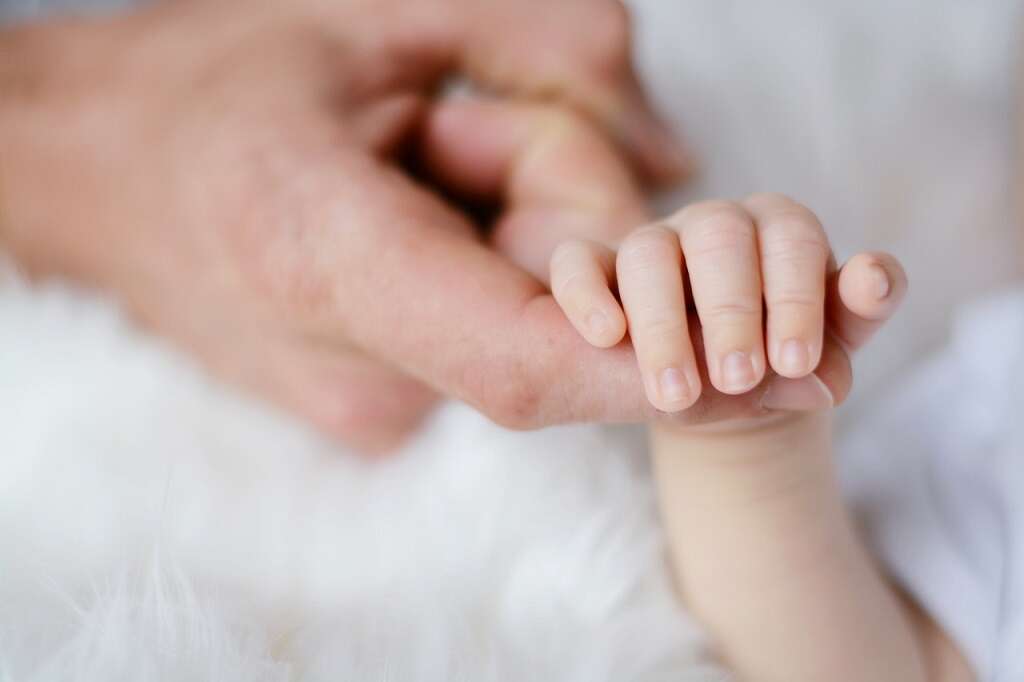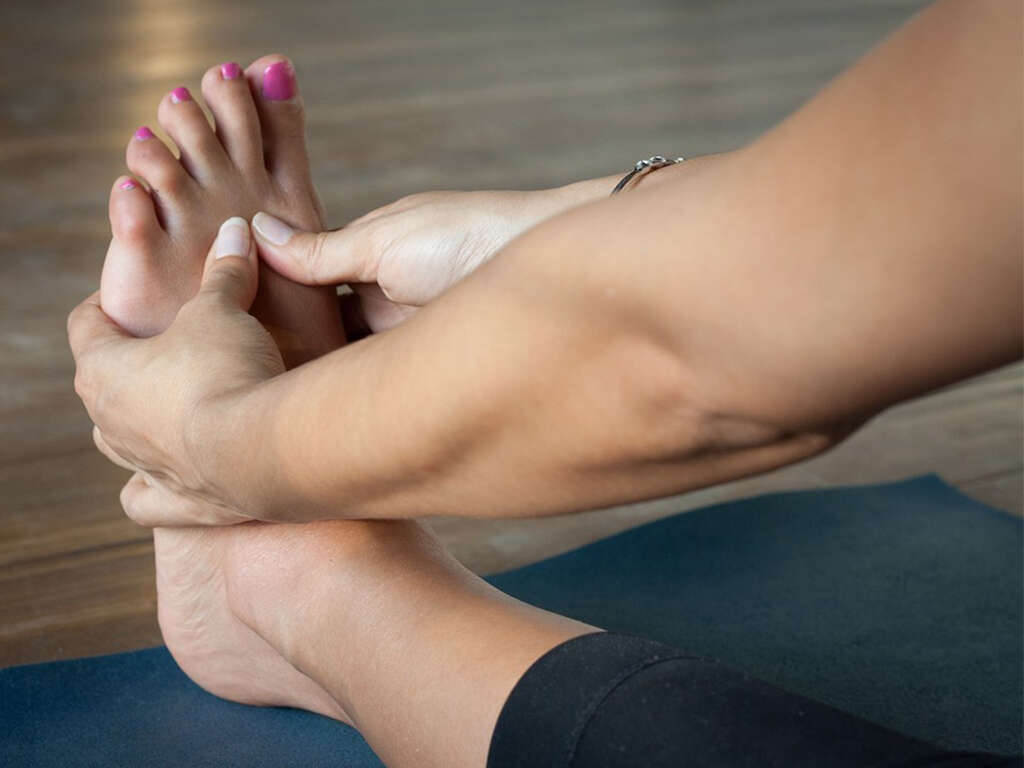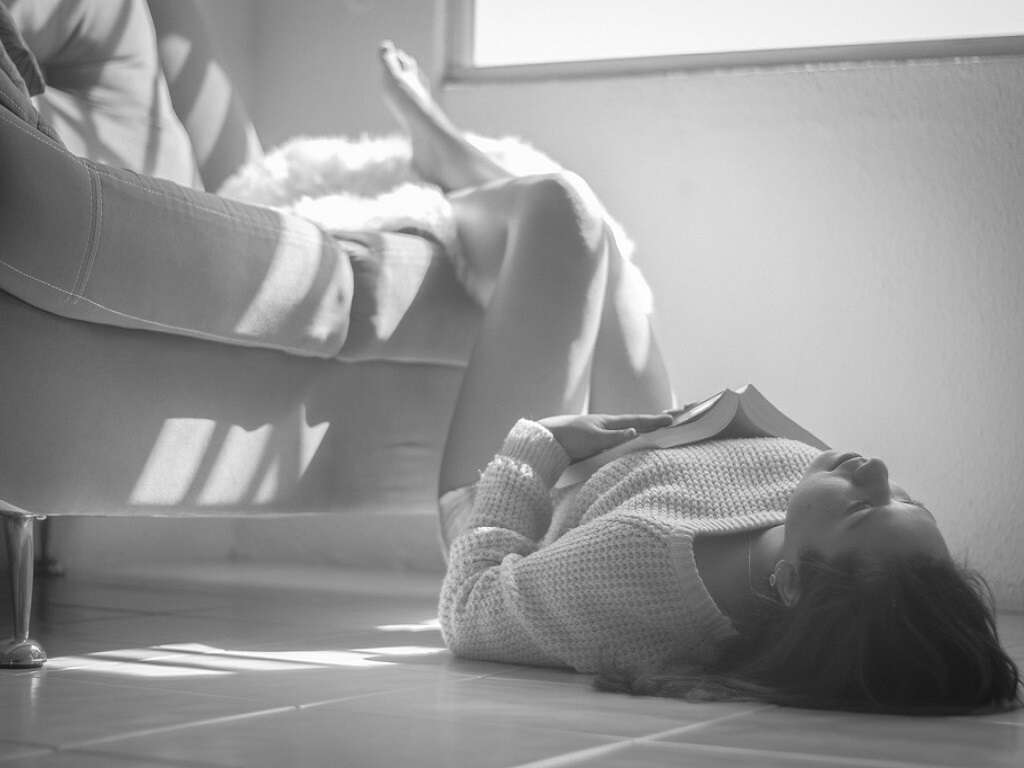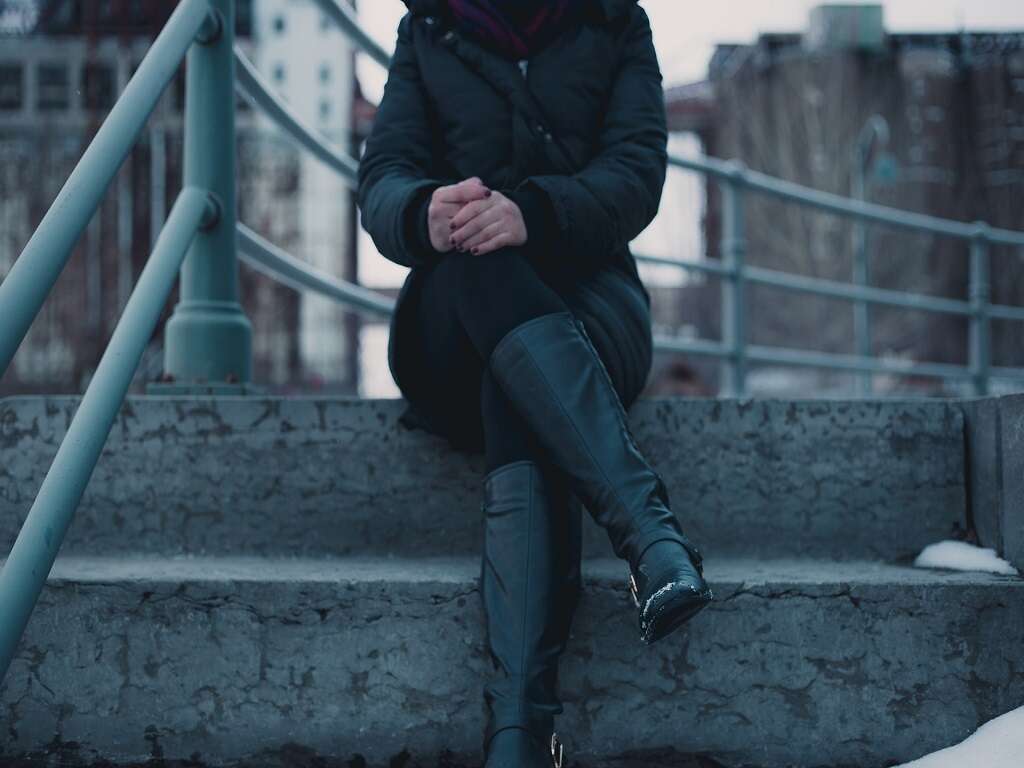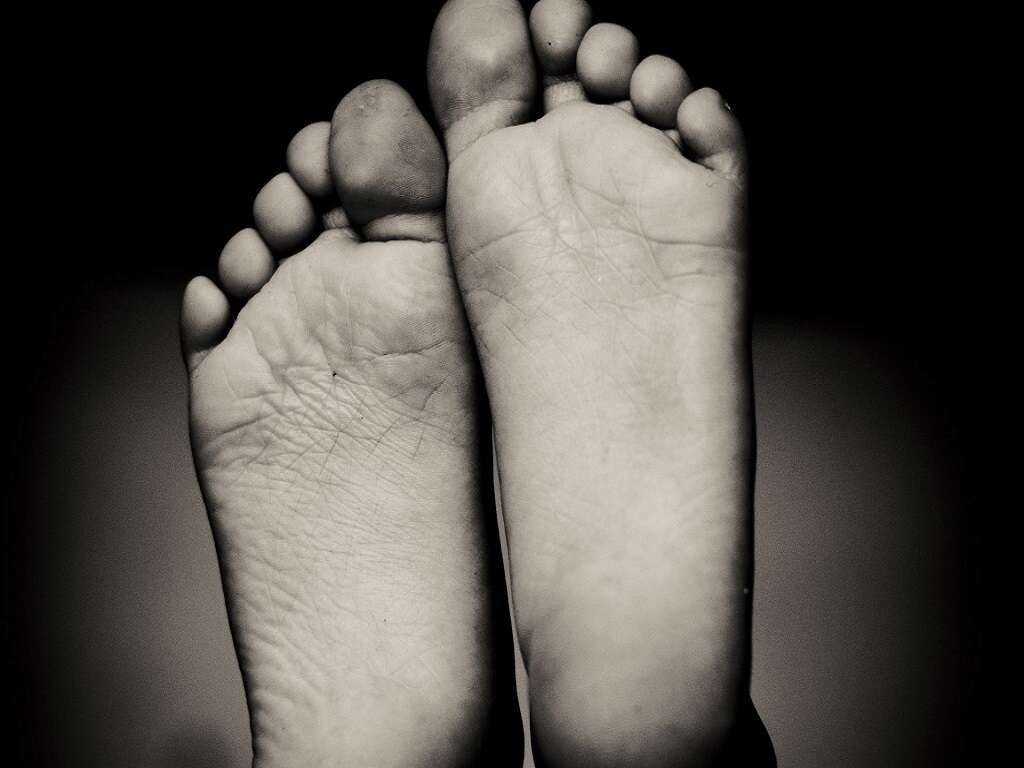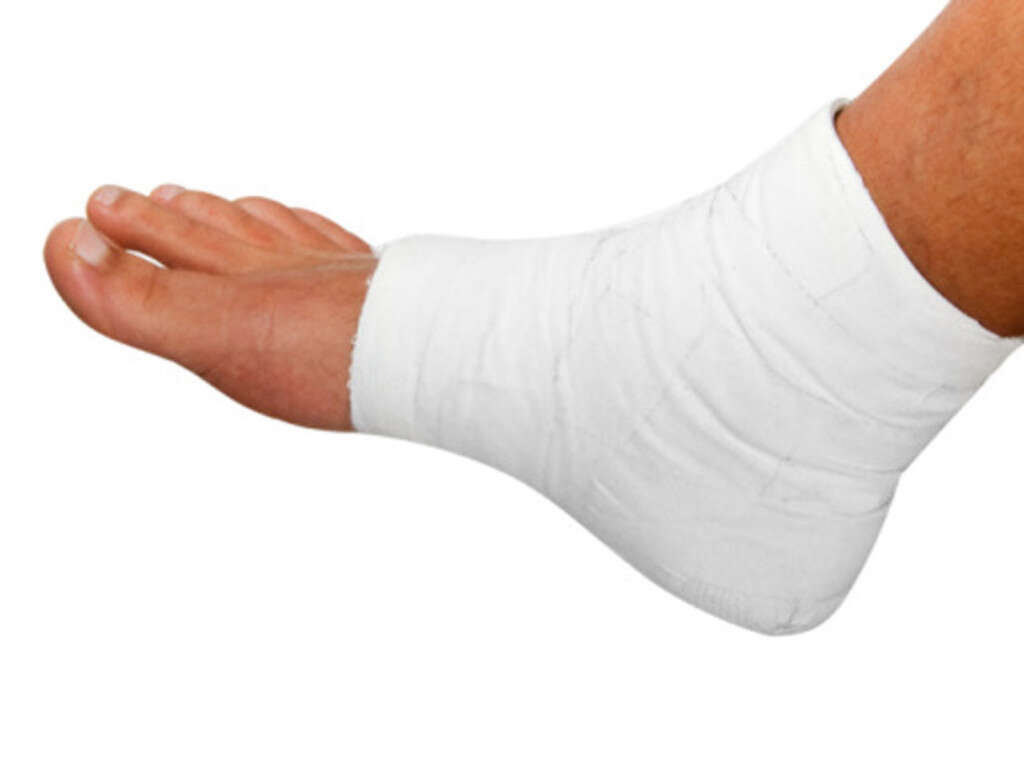10 Babinski Reflex FAQs
 Article Sources
Article Sources
- 1. 'Babinski Reflex: MedlinePlus Medical Encyclopedia.' MedlinePlus, U.S. National Library of Medicine, medlineplus.gov/ency/article/003294.htm#:~:text=Babinski reflex is one of,top surface of the foot
- 2. Acharya, Aninda B. 'Babinski Reflex.' StatPearls /[Internet/]., U.S. National Library of Medicine, 30 Nov. 2020, www.ncbi.nlm.nih.gov/books/NBK519009
- 3. 'Neural Exam - Newborn Reflexes - Plantar Reflex.' Embryology, embryology.med.unsw.edu.au/embryology/index.php?title=Neural/Exam/-/Newborn/reflexes/-/plantar/reflex
- 4. 'Newborn Reflexes: Root Reflex: Suck Reflex.' DMC Hospital, 21 Oct. 2020, www.dmc.org/services/pediatrics/pediatric-healthy-living/corporate-content/newborn-reflexes
A new parent may stumble upon an interesting fact: many newborns respond to the sole of their foot being stroked by bending their big toe backwards and splaying out their toes.
This is called the Babinski reflex or Babinski sign. This reflex is common for healthy infants. In adults and older children, the Babinski sign can also be a symptom of Lou Gehrig disease or nervous system injury. People with concerns about their neurological health or welcoming new babies may have questions about the Babinski reflex, and there is information available that can help.1‘Babinski Reflex: MedlinePlus Medical Encyclopedia.’ MedlinePlus, U.S. National Library of Medicine, medlineplus.gov/ency/article/003294.htm#:~:text=Babinski reflex is one of,top surface of the foot
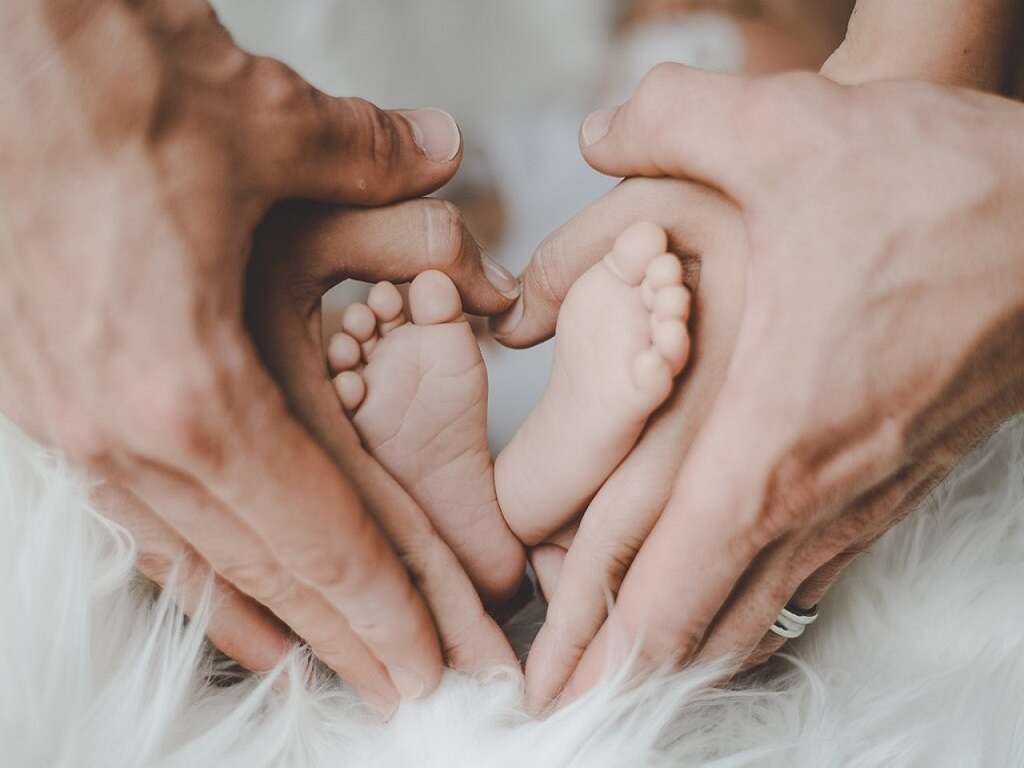
What Is the Babinski Reflex?
The Babinski reflex, also known as the plantar reflex, is an automatic reaction in a person's body. When the sole of the foot is stroked firmly, a person with the Babinski reflex may automatically have their big toe flex backwards or towards the top of their foot. The other toes may also fan out.
There are other ways to test for this reflex. The Babinski sign is one of many infant reflexes that typically go away with age and one of many potential signs of neurological problems in older children and adults.2Acharya, Aninda B. ‘Babinski Reflex.’ StatPearls /[Internet/]., U.S. National Library of Medicine, 30 Nov. 2020, www.ncbi.nlm.nih.gov/books/NBK519009
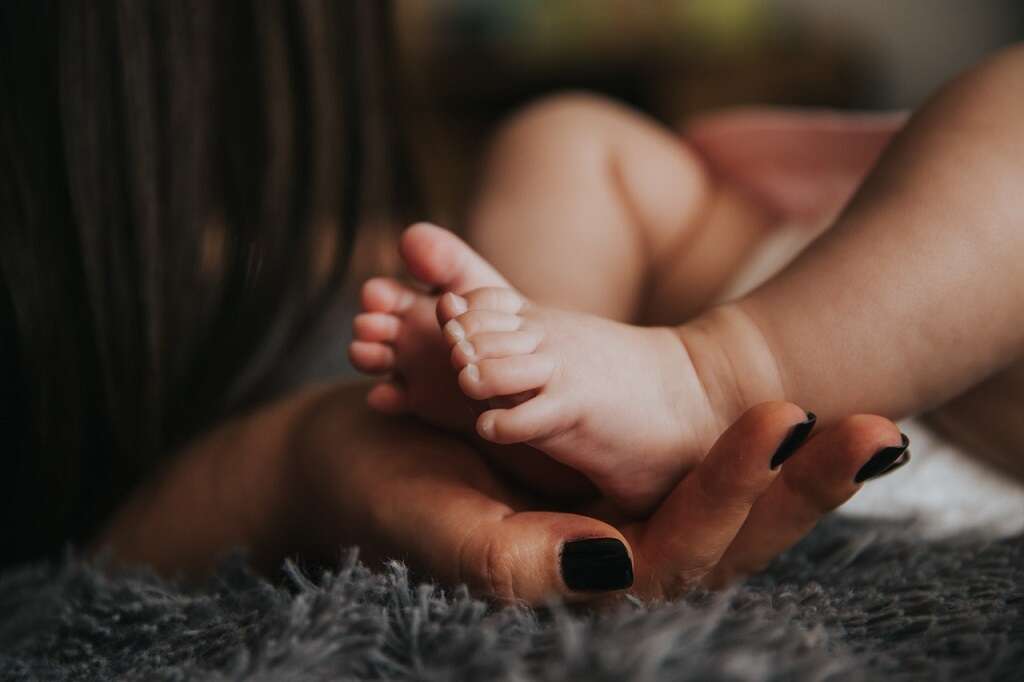
Why Do Babies Have the Babinski Reflex?
The Babinski reflex tests the integrity of the corticospinal tract. This part of the nervous system helps direct motor function. When parts of the corticospinal tract are damaged or underdeveloped, the Babinski reflex may present.2Acharya, Aninda B. ‘Babinski Reflex.’ StatPearls /[Internet/]., U.S. National Library of Medicine, 30 Nov. 2020, www.ncbi.nlm.nih.gov/books/NBK519009
For babies, having an underdeveloped corticospinal tract is normal. Babies are still growing myelin, fatty protective sheaths surrounding the nerve fibers, to help their nervous system be more effective. So the Babinski reflex shows up frequently in healthy infants.3‘Neural Exam - Newborn Reflexes - Plantar Reflex.’ Embryology, embryology.med.unsw.edu.au/embryology/index.php?title=Neural/Exam/-/Newborn/reflexes/-/plantar/reflex
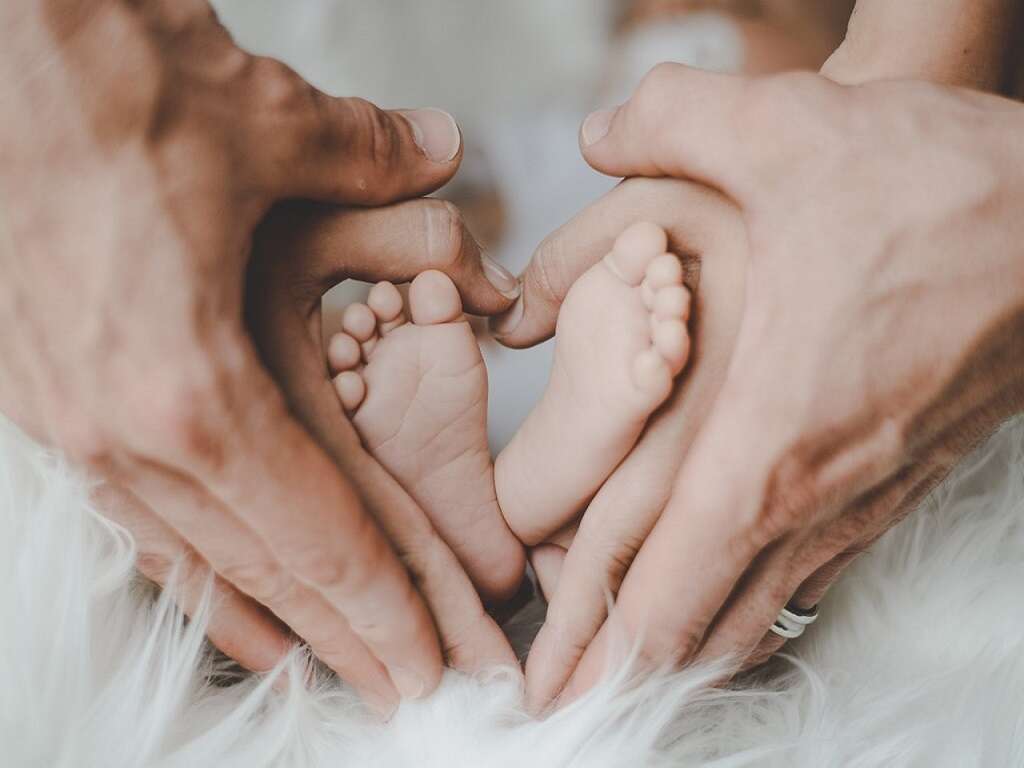
When Should the Babinski Reflex Go Away?
For some infants, the reflex may disappear as early as 12 months. It's normal for the Babinski reflex to persist up to around two years old. If the reflex persists after the age of two, it may be cause for concern.1‘Babinski Reflex: MedlinePlus Medical Encyclopedia.’ MedlinePlus, U.S. National Library of Medicine, medlineplus.gov/ency/article/003294.htm#:~:text=Babinski reflex is one of,top surface of the foot
Parents whose older children still have the Babinski reflex or who are curious or concerned about the presence or absence of the reflex in their infant should talk to their doctor.3‘Neural Exam - Newborn Reflexes - Plantar Reflex.’ Embryology, embryology.med.unsw.edu.au/embryology/index.php?title=Neural/Exam/-/Newborn/reflexes/-/plantar/reflex

What Conditions Cause the Babinski Reflex?
When the Babinski reflex shows up in a person who is older than two, it could indicate a disorder of the central nervous system. Some conditions that could involve the Babinski reflex are Lou Gehrig's disease, multiple sclerosis, brain tumor, spinal cord injury or stroke.
The Babinski reflex is one of many things a neurologist may look at during evaluations. Many symptoms and signs can help determine if someone has a neurological condition.1‘Babinski Reflex: MedlinePlus Medical Encyclopedia.’ MedlinePlus, U.S. National Library of Medicine, medlineplus.gov/ency/article/003294.htm#:~:text=Babinski reflex is one of,top surface of the foot
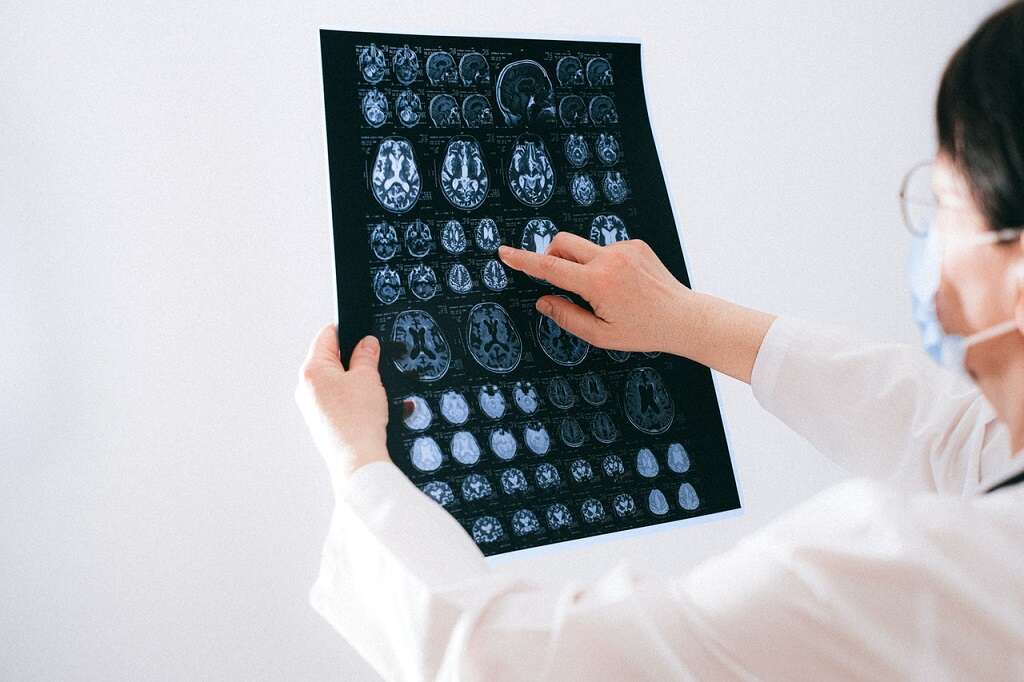
How Do Doctors Test for the Babinski Reflex?
Doctors commonly test for the presence of the Babinski reflex by running a dull instrument, like a tongue depressor, reflex hammer or the edge of a key, across the side of the foot, from the back of the heel up, and then across the top of the sole of the foot. They then watch for the toes to flex backwards.
If this test is not possible because of an injury or infection to the foot, a doctor may use another variation.2Acharya, Aninda B. ‘Babinski Reflex.’ StatPearls /[Internet/]., U.S. National Library of Medicine, 30 Nov. 2020, www.ncbi.nlm.nih.gov/books/NBK519009

What if I Have the Babinski Reflex?
A person who suspects they're having a stroke or another brain or nervous system condition should go to the hospital. The Babinski reflex is concerning in people over the age of two, but a home test is not as conclusive as one performed by a doctor.
If a person notices the Babinski reflex present in themselves or a loved one, they should see a doctor. A doctor, discovering that the Babinski reflex is present, will call for further testing to identify why it's happening.2Acharya, Aninda B. ‘Babinski Reflex.’ StatPearls /[Internet/]., U.S. National Library of Medicine, 30 Nov. 2020, www.ncbi.nlm.nih.gov/books/NBK519009
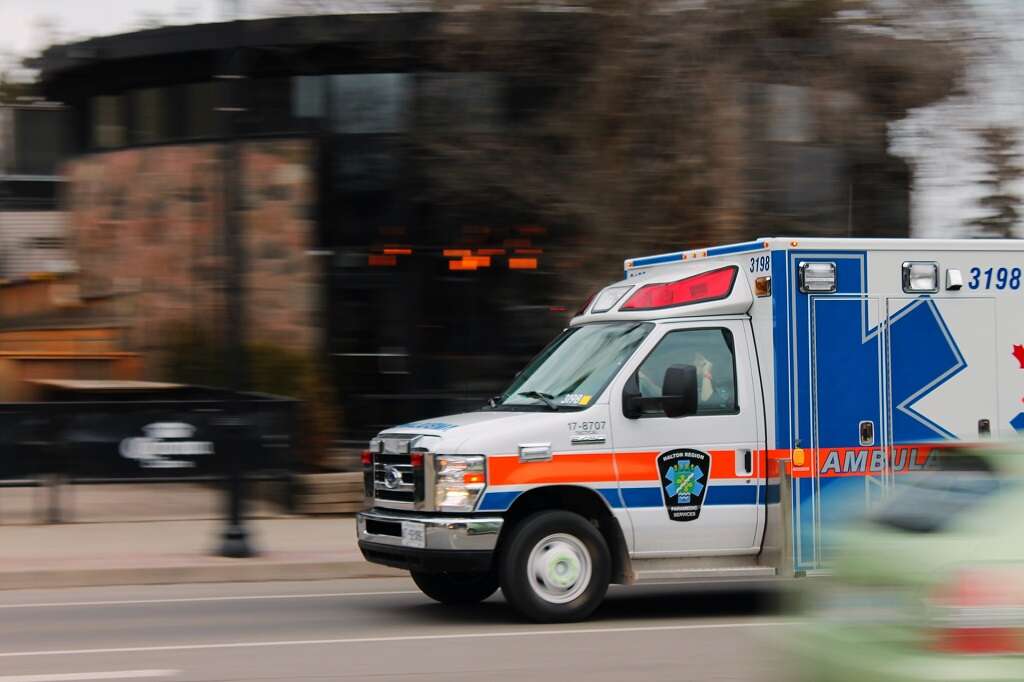
What if the Babinski Reflex is Absent?
When the doctor finds that the Babinski reflex is absent during a test, it is a good sign. The goal of this test is to evaluate the integrity of the corticospinal tract.
However, testing the Babinski reflex may sometimes yield false results. An absent Babinski reflex doesn't completely rule out a neurological problem. Other neurological tests, lab tests and investigations will help the doctors evaluate the nervous system health.2Acharya, Aninda B. ‘Babinski Reflex.’ StatPearls /[Internet/]., U.S. National Library of Medicine, 30 Nov. 2020, www.ncbi.nlm.nih.gov/books/NBK519009
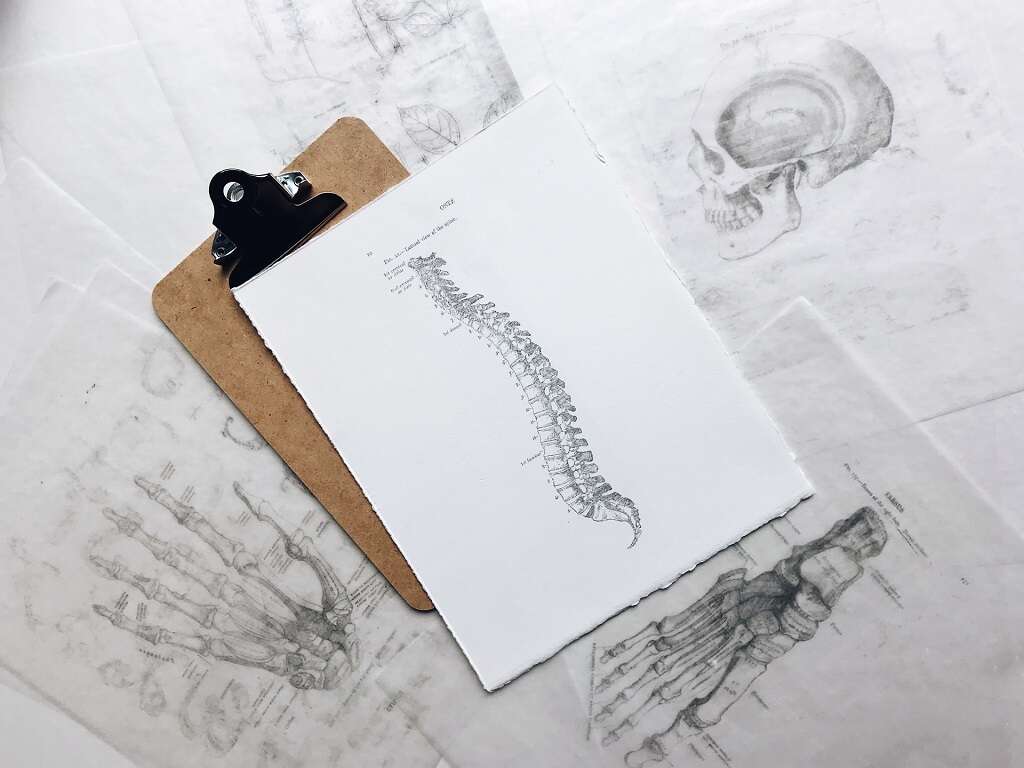
Why Do Doctors Test for the Babinski Reflex?
The Babinski reflex is not the only indication of a central nervous system disease or injury and it's not necessarily the most conclusive one. Many doctors do test for the Babinski reflex when they suspect nervous system damage because it can be an early indicator of an issue.
It's also a test that can be conducted with minimal equipment, and because the reflex is automatic, doctors can test for it in people who may not be able to participate in other types of testing.2Acharya, Aninda B. ‘Babinski Reflex.’ StatPearls /[Internet/]., U.S. National Library of Medicine, 30 Nov. 2020, www.ncbi.nlm.nih.gov/books/NBK519009
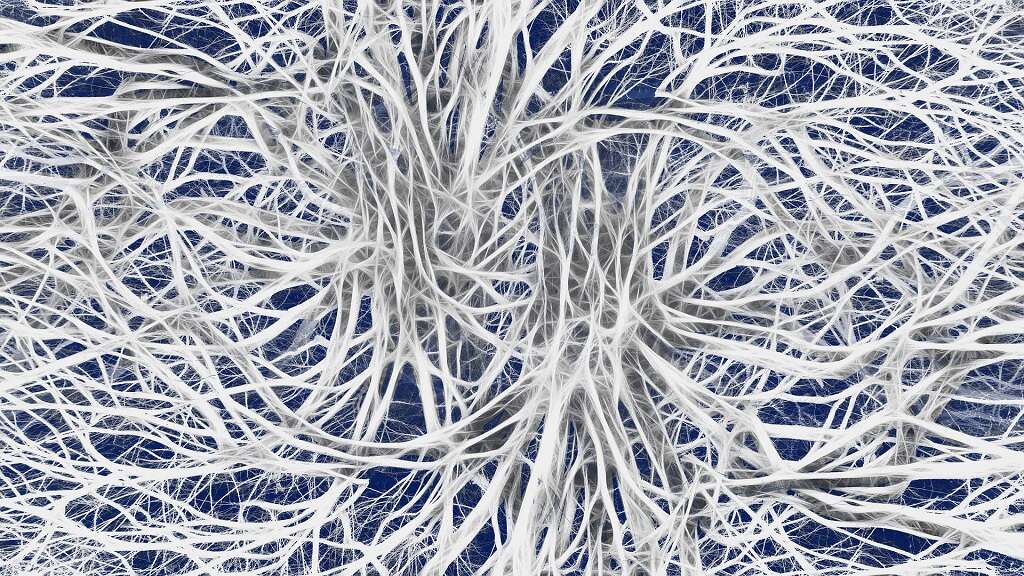
What Is a Negative Babinski Reflex?
Someone may hear that they or their baby have a negative Babinski reflex. The correct way to say it is that the reflex is absent. The toes have gone inward towards the sole of the foot rather than outwards.3‘Neural Exam - Newborn Reflexes - Plantar Reflex.’ Embryology, embryology.med.unsw.edu.au/embryology/index.php?title=Neural/Exam/-/Newborn/reflexes/-/plantar/reflex
This negative Babinski reflex is considered a normal reaction and may indicate of a healthy nervous system in adults and children over 2 years of age. It's important to remember that false positives and negatives are possible and to consider other signs.2Acharya, Aninda B. ‘Babinski Reflex.’ StatPearls /[Internet/]., U.S. National Library of Medicine, 30 Nov. 2020, www.ncbi.nlm.nih.gov/books/NBK519009
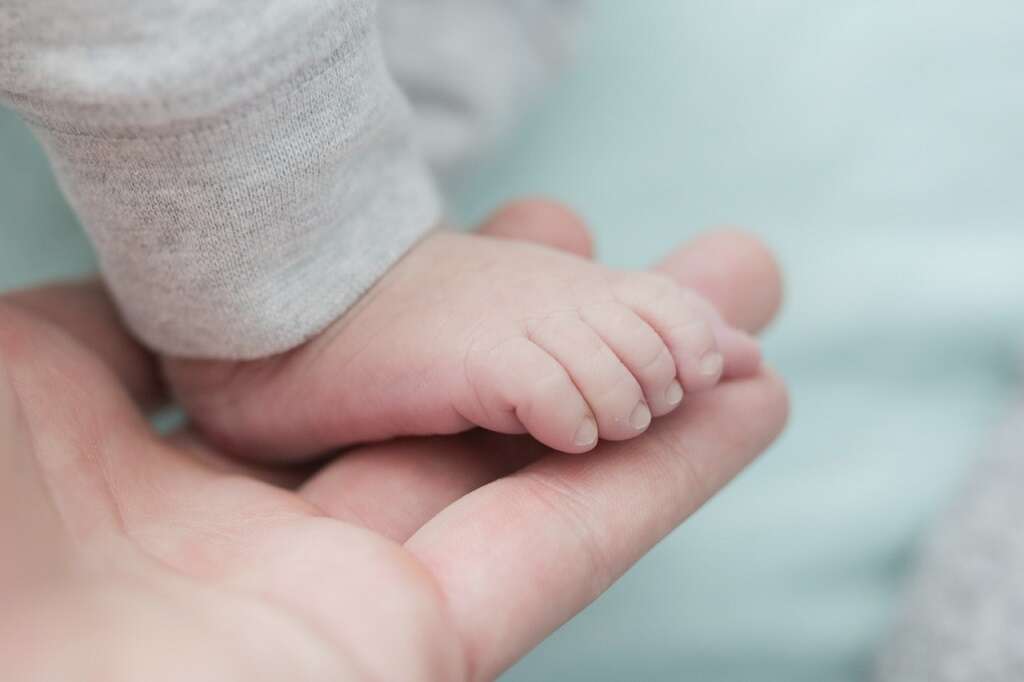
What Are Other Typical Infant Reflexes?
There are many other newborn reflexes a parent may notice. In the first few months, a baby whose cheek is stroked may open their mouth and turn towards the source. Stroking the palm of the hand may cause them to grasp the fingers, and a startled baby may throw out their arms and legs automatically.
These reflexes can sometimes show up late or weakly for premature babies. A parent who is concerned or curious about their baby's reflexes can discuss them with a doctor.4‘Newborn Reflexes: Root Reflex: Suck Reflex.’ DMC Hospital, 21 Oct. 2020, www.dmc.org/services/pediatrics/pediatric-healthy-living/corporate-content/newborn-reflexes
